Barbastro and its Martyrs
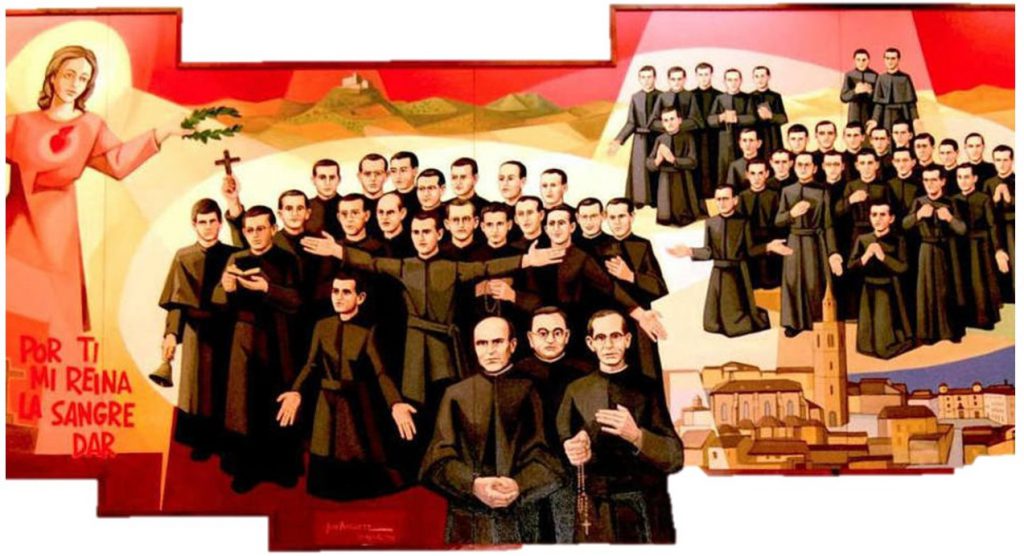
During the Spanish Civil War, the Catholic Church suffered great persecution, with 10,000 people killed for their faith. Barbastro, despite its small size, was the diocese with the most martyrs in Spain, 88% of the clergy.
“Spain has given cursillos of Christianity, Opus Dei, the Neocatechumenal Way and everything you want, do you know why? Because it has lived a Spanish civil war where more than 6,000 priests have been killed, tortured, martyred: there has not been a single apostasy. The roots of the Neocatechumenal Way are bathed in the blood of many martyrs of Spain.“
Kiko Argüello
Carmen Hernández
“Carmen’s childhood was marked by the event of the Spanish Civil War (1936-1939), lived between Tudela and Ólvega. It was a truly difficult and dramatic time for all of Spain. It was a time of great famine and, in a large part of the country, of bloody religious persecution for Catholics. Fortunately for the Hernández family, the province of Soria and the neighboring areas of Navarra and Aragón were soon in the rearguard of the so-called “national zone”, where there was no religious persecution; although at the beginning of this conflict, very close to this region there was a brutal persecution, mainly in the diocese of Barbastro, in Huesca (Aragon), where in the summer of 1936 numerous religious were massacred, including the young Claretian seminarians there, their formators and the bishop himself, martyred at the hands of anarchist and communist columns coming from Catalonia.“
A. Cayuela, Carmen Hernández: notas biográficas, Madrid Library of Christian Authors, 2021 (p. 37-38)
The Claretian Martyrs and their museum
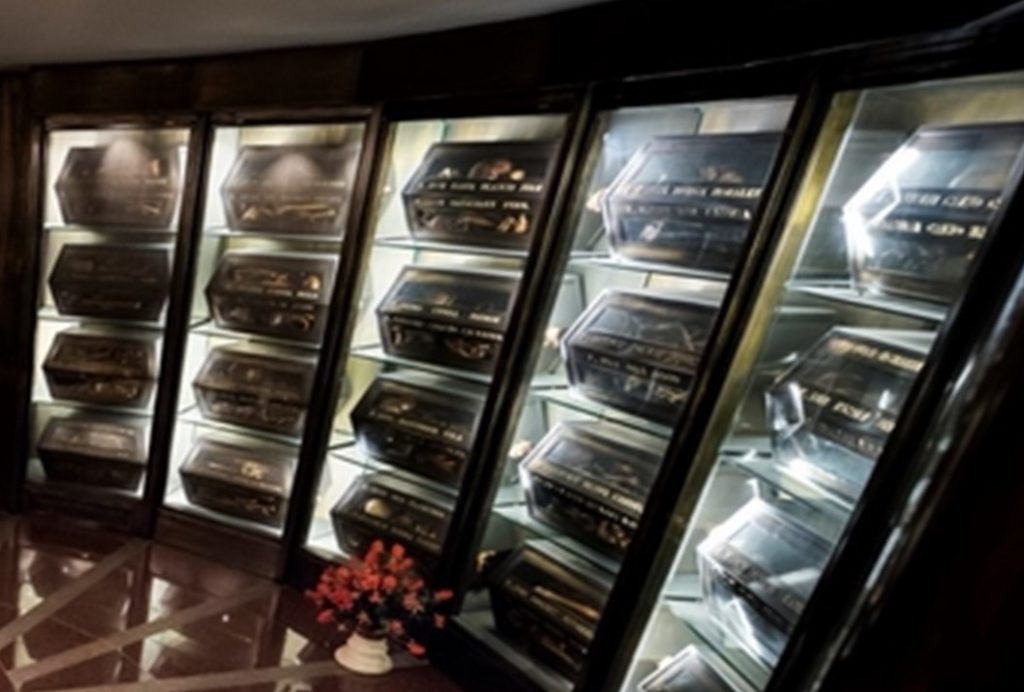

Between August 12 and 15, 1936, 51 Claretian Missionaries were killed for not denying their faith. They died forgiving those who killed them. Thirty of them were between 21 and 23 years old. They were detained, suffered humiliation and were not provided with food or water. They were sustained by daily communion and prayer. The Claretian Martyrs Museum of Barbastro remembers these religious. Their remains can be venerated there.
And contemplate their personal objects, letters, will, etc., to discover the message of faith, hope and forgiveness that their writings convey.

On the way to the place called the field of martyrdom no one could silence them. They were on their way to death singing the Claretian hymn: “For you, my King, I will give my blood.“
Some of their words before their death: “Long live Christ the King“, “Courage brothers, we suffer for Christ“, “We forgive you with all our soul“, “Until Heaven“.
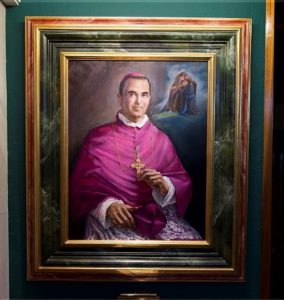
Another martyr of the Diocese was Blessed Florentino Asensio Barroso, bishop of Barbastro, arrested, tortured and murdered on August 9, 1936. His words to the murderers: “You take me to glory. I forgive you. I will pray for you in heaven.“
The Martyrs of the Monastery of Our Lady of El Pueyo
Near Barbastro, on a small hill, “The Queen of Heaven” appeared to a shepherd boy, a chapel was to be built there. The war also reached the Monastery of El Pueyo. Despite being able to flee, 18 Benedictine monks decided to stay. They were all killed between August 9 and 28, 1936. In the truck which took them to their death, they shouted: “Long live Christ the King“, “Long live the Virgin of Pilar.“
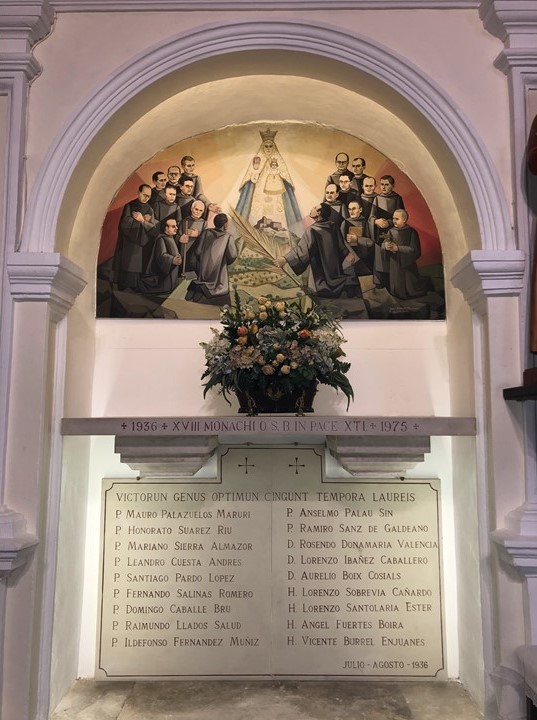
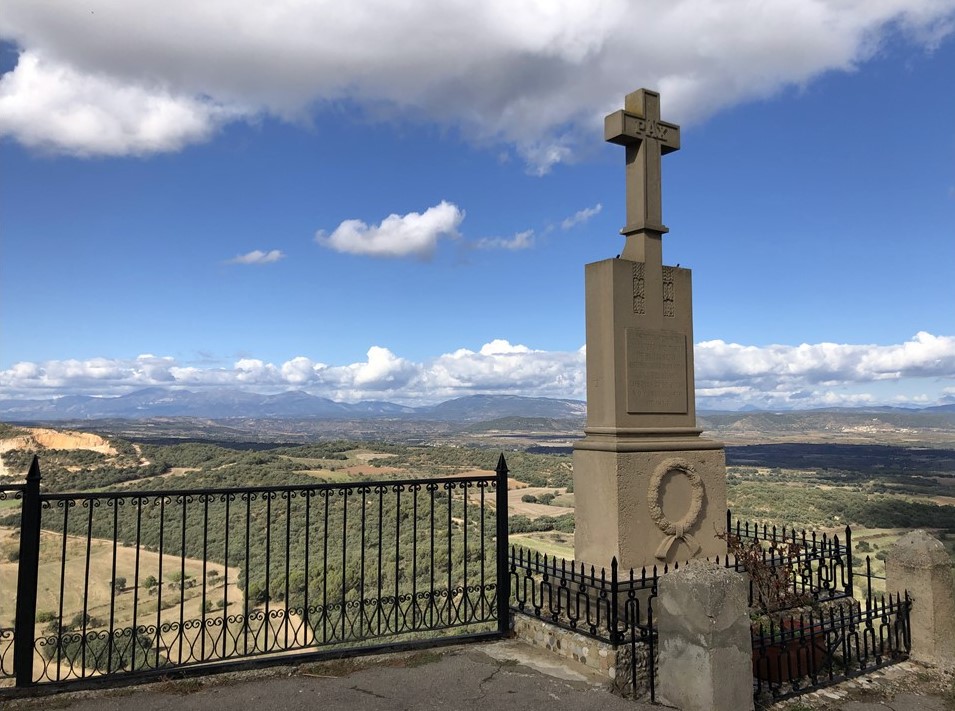
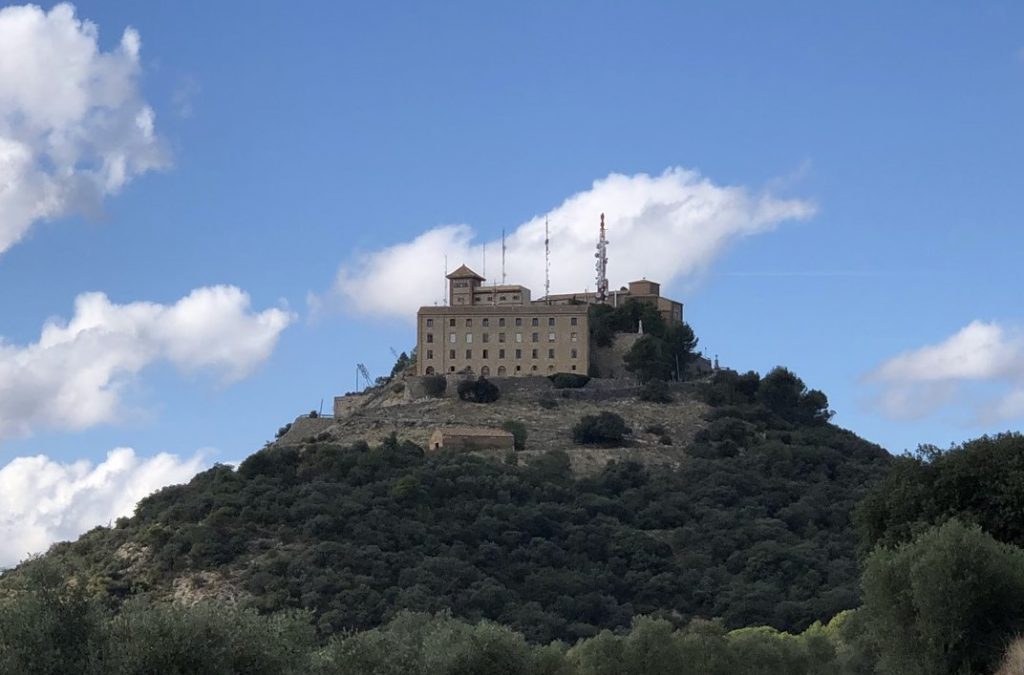
The testimony of the Martyrs is still alive, come and be a witness!

On October 25, 1992, 51 Claretian Missionaries were beatified by St. John Paul II. Their feast is celebrated on August 13. The Pope dedicated these words to them on that day: “All the testimonies received allow us to affirm that these Claretians died for being disciples of Christ, for not wanting to deny their faith and their religious vows. Therefore, with their shed blood they encourage us all to live and die for the Word of God that we have been called to proclaim.“
To visit Barbastro, send an email to:
Indicating the day and time desired and the number of pilgrims.
